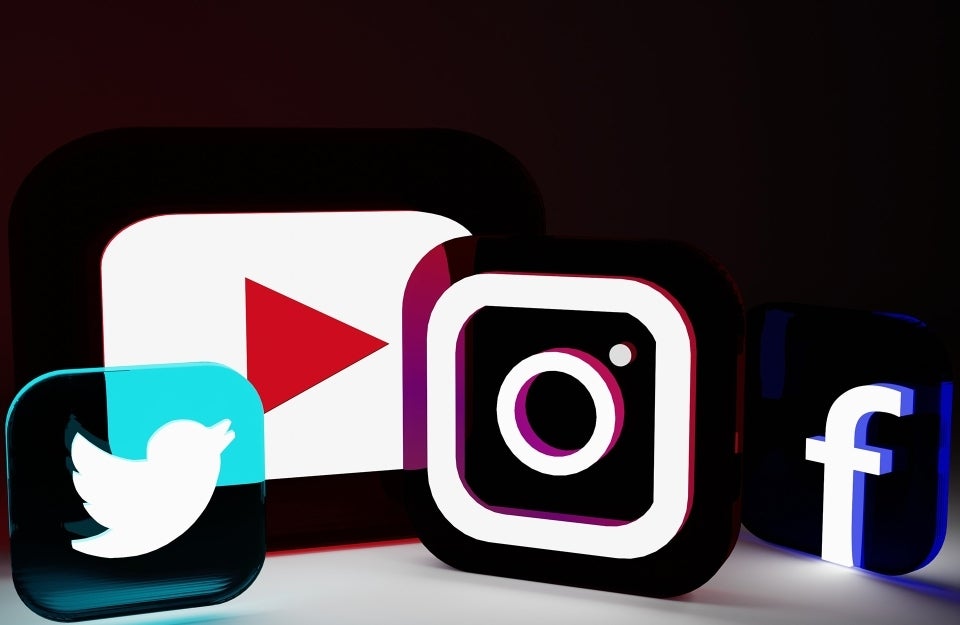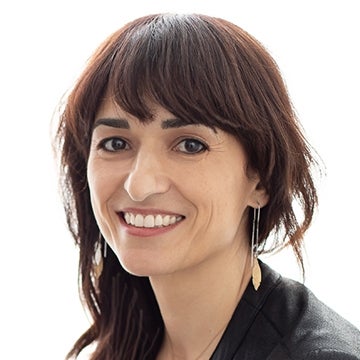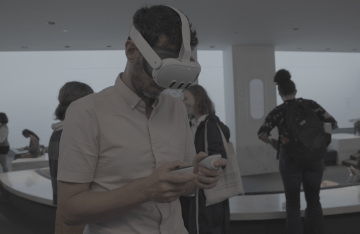Is Social Media Good or Bad for Social Unity?
Annenberg professors Sandra González-Bailón and Yphtach Lelkes reviewed all of the previous literature to determine what scholars have discovered to date.

Photo Credit: Aman Pal / Unsplash
We tend to talk about social media in sweeping terms: It’s either the death knell for democracy or its savior. It’s a tool to fight authoritarianism or a weapon to spread strategic misinformation. It polarizes us or pulls us together.
It’s tempting to form an opinion on social media’s role in society based on intuition alone, but ultimately there is more than a decade of data available — to those who know how to interpret it.
As scholars who both study social media and its effects on society, Annenberg School for Communication Associate Professors Sandra González-Bailón and Yphtach Lelkes are skilled in finding the trend amid millions of social media posts.
In a new paper in Social Issues and Policy Review, they take stock of the existing studies across multiple fields that interrogate social media’s effect on social cohesion, establishing what we know to date.
We reached out to them to learn more about their findings.
There are widely-held assumptions that social media can help users find friends and allies, but also foment harassment and spread misinformation. In terms of its positive benefits to social cohesion, what does the research show?

González-Bailón: Networks allow us to access and mobilize resources that would be out of reach in their absence: they create opportunities that would not exist if we were isolated or less connected. Social media have changed how we form and navigate networks, and how we organize and cooperate in moments of crisis.
Public discourse is overwhelmingly focused on the negative consequences on this increased connectivity, but research shows that there are also positive outcomes. The pandemic, for instance, highlighted many of the positive effects that online interactions have when other forms of socializing become unfeasible: online platforms created the only place where we could come together and maintain supportive ties. This is also true in social and political contexts that impose constraints on public expression and the organization of collective action: social media create opportunities for awareness and mobilization that would not exist otherwise.
Lelkes: Social media has what scholar Catie Snow Bailard calls a “window-opening” and “mirror-holding” effect. It allows us to see how others experience the world (window-opening) but also reflects back to us the goings-on within an area.
If you live in a more authoritarian country, social media gives us a window into the rights and privileges people in other countries receive. This may foment demand for equality and democracy.
It also helps us see issues within our own borders that we may have previously ignored. The issue of police brutality in the United States may not have captured the public’s attention if not for social media.
On the flip side, what does the research show about social media’s ability to be socially divisive?
González-Bailón: The algorithmic machine that makes social media tick often rewards antagonism and conflict. And the decentralized nature of this information environment makes it very difficult to enforce norms and moderation rules that can limit harassment and incivility.
At the same time, research shows that social media discourse is dominated by a minority of users who are very vocal and more extreme in their views than the average person. This creates the illusion that social and political conflict is more generalized than it actually is, but this illusion is still real in its consequences – and what turns social media into such powerful communication platforms: it gives too much power to an unrepresentative few.
For the past several years, high-profile conversations about political polarization and conflict online have focused on “echo chambers” on social media. What do we know about these echo chambers and their effect?
González-Bailón: The term “echo chamber” makes use of a metaphor that suggests we only encounter views and opinions that are aligned with our own. However, research shows that most social media users are actually exposed to a diversity of ideas and content.

Lelkes: There is also mixed evidence that echo chambers (or the lack thereof) exacerbate polarization.
One study, for instance, finds that exposing people to information that goes against their preexisting beliefs actually increases polarization. Other studies find that asking people to consume news from a source they normally would not reduces polarization. Hence, there are still a lot of open questions.
Echo chambers can also be defined in ways that are ostensibly unrelated to politics. Some people may choose to avoid politics altogether, while others only consume political information.
You write in your paper that toxic language and hostility dominates social platforms. Why is that, and what kind of policy changes do you think could improve the situation?
González-Bailón: The solution to overbearing toxicity in online conversations requires a constant rethinking of how content moderation works – and how we can best enforce norms that encourage constructive exchange and informative conversations.
One important challenge is the scale of online communication, and the need to automate part of the process to keep up with the volume of messages that are constantly being posted and circulated.
Building curation and ranking algorithms so that they do not reward toxic content by granting it more visibility is also important. It is a problem when algorithms are built to optimize shallow measures of engagement as opposed to more meaningful metrics.
Lelkes: In the attention economy, creators are vying for consumers often overloaded attention in any way they can. Because toxicity garners engagement, it serves as a useful strategy in the attention economy.
Elon Musk’s purchase of Twitter has led to an uptick in interest in Twitter alternatives. What features do you think a new social media platform should have to best support a democratic society?
Lelkes: Platforms aim to maximize the amount of time you spend on them. The levers that these companies use to increase engagement, e.g., promoting novel and outrageous information, upranking posts with more angry reactions, are often inimical to social cohesion.
Hence, there is seemingly tension between social cohesion and social media engagement. One proven way of increasing social cohesion is by clearly stating norms that support a positive social media experience. Users, rather than platforms, are then tasked with enforcing these norms and calling out bad actors. Tools like downvotes are one way this has been effectively implemented.
What will be the key questions for scholars to answer going forward as social media evolves (or dissolves)?
Lelkes: The information environment is fluid, and platforms will come and go. However, the mechanisms we discuss are present, to greater or lesser extent, in all platforms. Researchers will need to uncover not just whether these mechanisms affect social cohesion, but specific contexts and conditions which inhibit or amplify social cohesion. Credibly identifying these effects is one of the central challenges of communication research.
“Do social media undermine social cohesion? A critical review” is an open access article published in the journal Social Issues and Policy Review.



